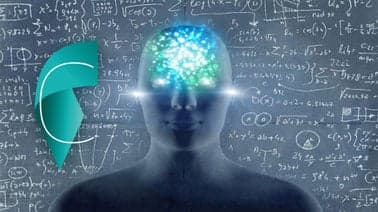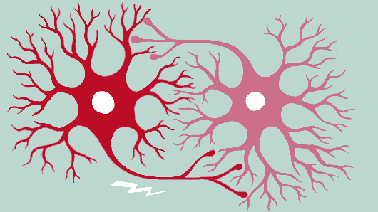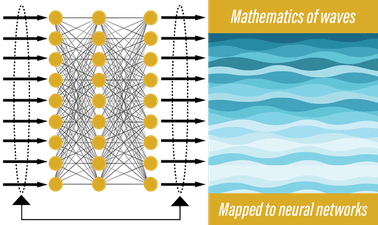HarvardX: Fundamentals of Neuroscience, Part 1: The Electrical Properties of the Neuron
Learn how electricity makes the neurons in your brain tick.

- Certification
- Certificate of completion
- Duration
- 5 weeks
- Price Value
- $ 249
- Difficulty Level
- Introductory









